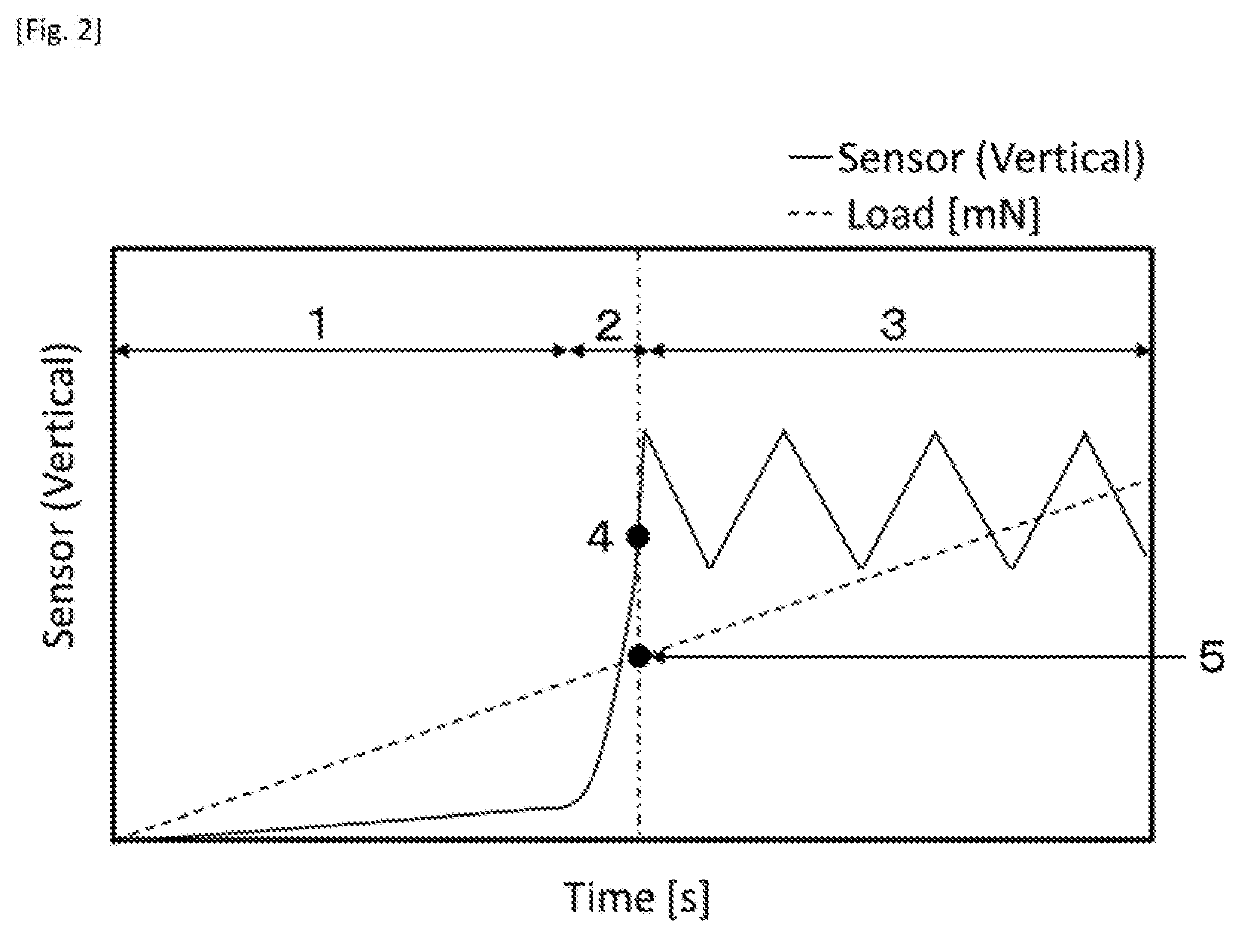Laminate film
a film and laminate technology, applied in the field of multi-layer films, can solve the problems of film being difficult to deform, difficult to use, and the film cannot be used as an end product, and achieve the effects of preventing breaking and cracking, good reflectance and transparency
- Summary
- Abstract
- Description
- Claims
- Application Information
AI Technical Summary
Benefits of technology
Problems solved by technology
Method used
Image
Examples
example 1
[0126]A raw material polyester resin used for forming the resin A was polyethylene 2,6-naphthalate (having an intrinsic viscosity of 0.62 and a melting point of 245° C., and represented by PEN (1) in Tables) in which polyethylene glycol (having an average molecular weight of 400) (“10 or more” in Tables indicates that m×n is 10 or more in the structure of the formula (1)) was copolymerized in an amount of 6 mol % with respect to all the diol components of the resin A. A raw material polyester resin used for forming the resin B was a mixture (having a melting point of 225° C. and a glass transition temperature of 77° C., and represented by Resin (1) in Tables) obtained by mixing, at a mass ratio of 82:18, the following: a polyethylene terephthalate resin (having an intrinsic viscosity of 0.73, being a noncrystalline resin (having no melting point), and having a glass transition temperature of 79° C.) in which cyclohexane dimethanol (represented by CHDM in Tables) was copolymerized in...
example 2
[0131]A multilayer film was obtained in the same manner as in Example 1 except that a 51-layered feedblock was used for forming a layered structure of (thick surface layer of resin A) / (multi-layer unit 1 containing a total of 49 A layers and B layers layered alternately in the thickness direction) / (thick surface layer of resin A). The resulting multilayer film had a thickness of 10 μm (thick surface layer (1 μm) / multi-layer unit 1 (8 μm) / thick surface layer (1 μm)).
[0132]The resulting multilayer film had a rather lower reflectance to light having a wavelength of 900 to 1,400 nm but had a nearly reflection-free flat reflectance distribution over the wavelength region of 400 to 800 nm in the visible light range. The multilayer film had excellent transparency and excellent forming processability. Results are shown in Table 1.
example 3
[0133]A multilayer film was obtained in the same manner as in Example 1 except that a raw material polyester resin used for forming the resin A was polyethylene naphthalate (having an intrinsic viscosity of 0.62 and a melting point of 254° C., and represented by PEN (2) in Tables) in which polytetramethyleneether glycol (having an average molecular weight of 650) was copolymerized in an amount of 6 mol % with respect to all the diol components.
[0134]The resulting multilayer film reflected light having a wavelength of 900 to 1,400 nm and had a nearly reflection-free flat reflectance distribution over the wavelength region of 400 to 800 nm in the visible light range. The multilayer film had excellent transparency and excellent forming processability. Results are shown in Table 1.
PUM
| Property | Measurement | Unit |
|---|---|---|
| refractive index | aaaaa | aaaaa |
| refractive index | aaaaa | aaaaa |
| wavelength width | aaaaa | aaaaa |
Abstract
Description
Claims
Application Information
 Login to View More
Login to View More - R&D
- Intellectual Property
- Life Sciences
- Materials
- Tech Scout
- Unparalleled Data Quality
- Higher Quality Content
- 60% Fewer Hallucinations
Browse by: Latest US Patents, China's latest patents, Technical Efficacy Thesaurus, Application Domain, Technology Topic, Popular Technical Reports.
© 2025 PatSnap. All rights reserved.Legal|Privacy policy|Modern Slavery Act Transparency Statement|Sitemap|About US| Contact US: help@patsnap.com


